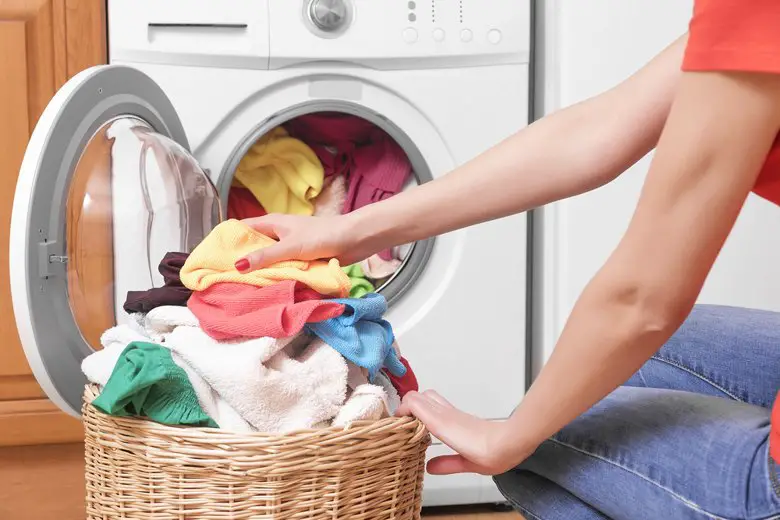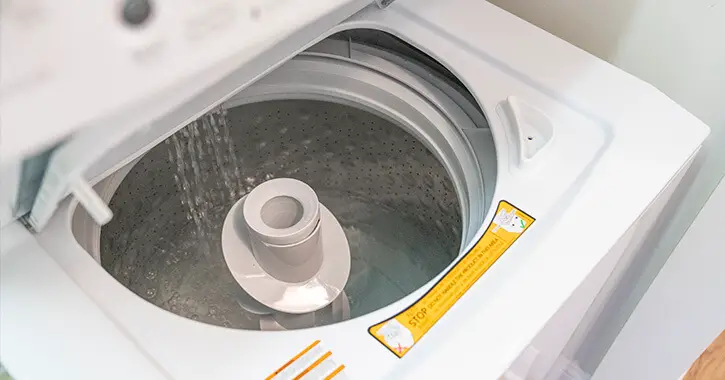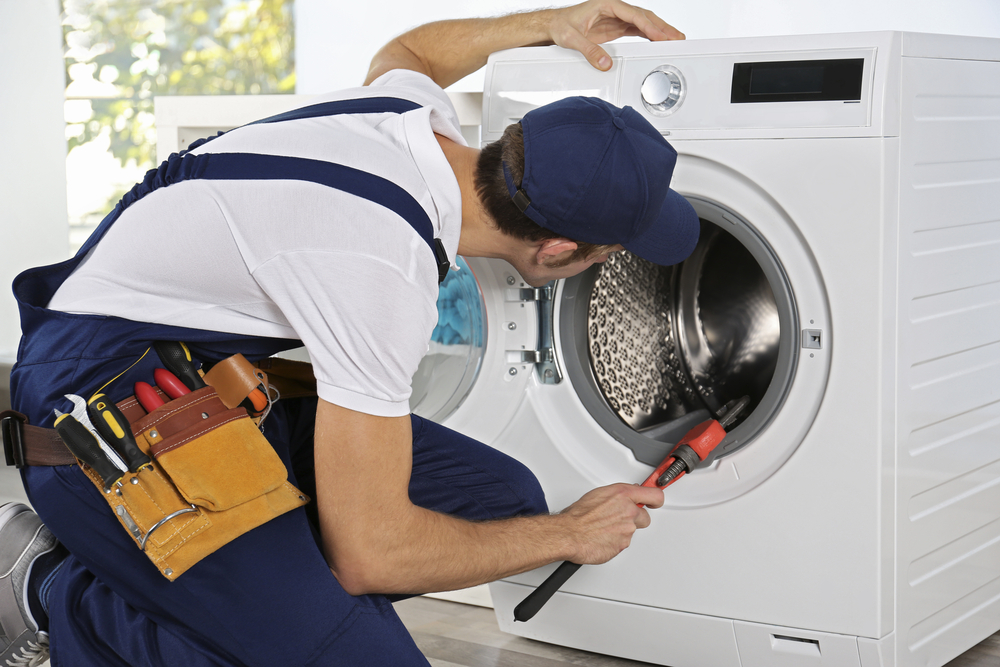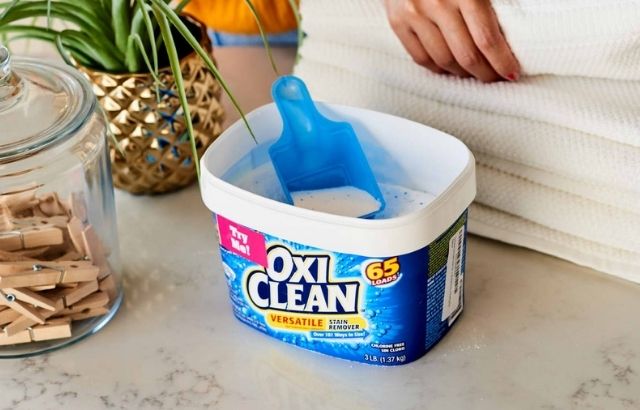Having problems with the machines that keep your clothes clean is a common inconvenience in the home when the appliance has been in use for a long time. Locating and solving these problems is complicated for many people. It requires an evaluation of the reasons for the failure causing the malfunction. However, it is possible to solve and start-up our domestic equipment with the correct guide and steps. For such reason, we will show all the necessary information to decipher the enigma of how to fix a laundry machines.
Basic and Relevant Information
The washing machine is a piece of domestic equipment in charge of receiving a quantity of cold and hot water, repeatedly and then draining. Also, it rotates rapidly to drain the clothes, accompanied by devices to agitate the garments, called agitator or drum. In the market, we find the different manual, semi-automatic and automatic types. All of them have four basic cycles: filling, washing, rinsing, and spinning, which must be fulfilled for a correct washing. The failure of one or more cycles is a sign of system failure in your equipment, requiring an evaluation and repair.
How to Fix Laundry Machine
Below, we will name the common failures with their respective solutions:
Failure in the ignition or does not perform any process; when pressing the ignition button, the machine does not perform any function. Here; How to Fix Laundry Machine:
- Verify that there is a correct flow of electricity through the socket. It must have the necessary voltage for ignition. We recommend checking the specifications to make sure if it is 110 or 220 volts. Look for a burning smell in the socket and power cable. With a tester, you can check the electrical flow and how many volts it generates.
- Check the power cord to make sure it is plugged in correctly and that it is not crushed or broken; they tend to break when the appliance is moved or moved.
- Locate the circuit breaker on the electrical service panel; then turn it in the off direction; then turn it back on; in this way, you reset the circuit breaker, which can cause this fault.
- Defect in the washer cover switch, indicating to the system that it is ready to perform its functions. Press with a pencil or fine screwdriver, pressing start or start on the panel; it should start with the water billing cycle. If not, you should replace the button and check the front panel to see if they are sending the correct signals.
Incorrect Washing of Clothes

An inconvenience that fails after a wash cycle results in clothing full of lint, hair, and small impurities, indicating dirty clothes.
- Excessive load in the tub; entering more clothes than the allowed amount is the main cause. An excessive load does not allow the clean water rinse to remove all the detergents and dirt from the clothes. We recommend that you check the machine specifications and verify the amount of load it can support.
- Too much detergent in each wash can cause extra lint and impurities to adhere to the clothes, and the rinse cycle fails to remove them. We recommend using the containers for detergent and softeners, which the washing machine has. They receive the maximum amount allowed. Avoid placing the soap directly on the clothes.
- Correct selection of clothes, adequate distribution of the type of clothes will avoid mixtures of fabrics and type of dirt. A common example, you cannot mix work clothes with school uniforms. Learn when you should add fabrics.
The Washing Machine does not Spin;

The problem is caused when the spin cycle does not start. Possible causes and solutions:
- After the rinse cycle, the clothes should be balanced, check if it is happening. If not, manually arrange them and distribute them properly. Normally, it happens with heavy garments such as; jeans, towels, blankets, among others. If your washing machine is out of balance, it stops automatically by turning off the motor power.
- The washer on the floor, check if it is not level, has adjustable legs placed at a suitable level on the floor.
- Check the drain and drain hose; sometimes, it gets clogged with particles that accumulate. Check the drain pump without removing it to avoid water leakage. Just disconnect the nozzles, removing the clamps. With a visual and manual check, see and remove accumulated debris.
Loud and Annoying Noises
Excessive knockings, squeaking, and rattling during the different cycles, especially the spin cycle causes loud and annoying noises. Here are some symptoms; which should be attacked as soon as possible to avoid irreparable damage to the machine.
- Worn or damaged tub seal or tub bearings; is one of the main causes of loud noises. They are located under the tub and should be replaced.
- When the sound is squeaking, it should be solved by lubricating the tub and coupler seals or bearings.
- When they are sudden and noisy movements, you may have problems with the pulleys and drive belts of the motor, which may be worn. It is also necessary; check the pump belt may be cracked or deformed in all cases; we recommend its replacement in these connections.
Water cycle complete, the washer does not move; tub is filled with water and center agitator does not move.
- Agitation; is the washing process in which the laundry moves throughout the tub; in different directions. These movements are controlled by directional gears located at the bottom of the agitator. Lift the lid, press, and hold down the switch button with a pencil or fine screwdriver. Then, could you place it in agitation mode? It should start its process with the lid open, and if you hear the movement of the gears and the agitator does not move, you should replace the gear.
- Resetting the motor; for highs and lows caused by electrical faults. The motor is placed in a safe mode and must be reset. All brands have different ways; check your manufacturer’s manual to follow the required steps.
How to Fix Laundry Machine: FAQs
Why is my washing machine not working?
You could come across several examples like these:
- A faulty lid switch may cause the unit to cease in the middle of a cycle. If necessary, replace the switch.
- Broken belt: if the belt has grown slack, tighten it; otherwise, it may be broken and must be replaced. Defective buttons: It’s conceivable that the controls are broken and will need to be repaired.
What do you do when your washing machine stops working?
- At the power outlet, turn off the machine.
- Check any kinks or bends in the drain pipe.
- Remove the drain pipe from the machine’s back end.
- To clear the blockage, run some water through the hose.
- Reattach the washer drain hose to your machine after it is consistently flowing with water.
How long should a washing machine last?
A washing machine has an average lifespan of 11 years. However, the length of time your works will be determined by various factors, including the model’s level of quality. The amount of time your washer is used regularly.
Are washing machines worth repairing?
Consider repairing rather than replacing your washer if it is many years younger than its projected lifespan. Also, the repair would cost less than half the price of a new machine.
How often should you replace a washing machine?
According to Consumer Reports, washing machines last around ten-eleven years on average. If your washer is nearing the end of its life cycle or has issues, here are some warning signals.
Why is the washer not draining water?
It’s possible that your washer’s drain line is blocked or that the pump is damaged. A faulty lid switch or belt might potentially be the source of the problem. It might even be something as basic as a clogged hose.
Why is my spin cycle not working?
The belt may be loose or broken if the spin cycle does not work. Replace or tighten the belt. 2. Examine the lid switch, as well as the tab on the lid that activates it.
Why is my washing machine drum not spinning?
Wearing motor brushes might be the cause of your washing machine’s drum not rotating while it’s full of water or on a spin cycle. Check the carbon brushes for wear and replace them if necessary.
Why is there no water going into the washing machine?
A damaged water input valve might result in a shortage of water during the wash or rinse cycle. Perhaps the electrical process is being interrupted somewhere else in the machine, such as the water level switch, the timer, the lid switch, or the cycle selector switch. There is no power going into the valve.
What do you do when your washing machine doesn’t fill with water?
- Make sure the lid is completely shut.
- Check temperature to see if the hot and cold water faucets are working.
- Next, check for kinks in the fill hoses.
- Check for clogs in the water inlet filters. You must first turn off the water to do so. Then clean the screens and remove the fill hoses.
Can you manually fill a washing machine?
Yes, you are allowed to use it. Generally, washing machines have a water sensor that reads the water level in the tub and shuts off the water if it reaches a pre-set level. Yes, you may manually fill the washtub with water.
Is a washer supposed to have water in the bottom?
Yes, the tub should be filled with water. Because of the inside basket, you usually don’t see it. Hoses and pump seals are kept moist by the water.
Why are my clothes too wet after the spin cycle?
Overloading can cause an imbalance in the washer, lower the spin speed, and leave the garments overly moist after the spin cycle is finished. Remove some things, rearrange others, and run another rinse and spin cycle if the washer leaves clothing wet after a heavy load.
Read Mre: How To Use Oxiclean In Top Load Washer
Bottom Line
At this point, we have all the necessary information to decipher the enigma; how to fix the laundry machine. The correct use of the material provided will allow you to evaluate the behaviour and performance of your domestic equipment. You are identifying causes of malfunction; providing possible solutions with the purpose, to have active and functional, this important household appliance. We hope you get the right answer to the question of how to fix laundry machine.




